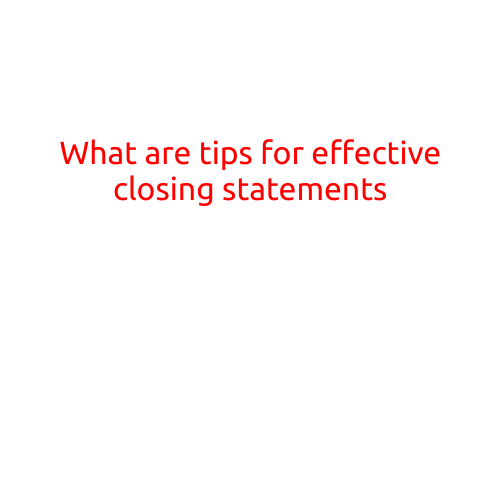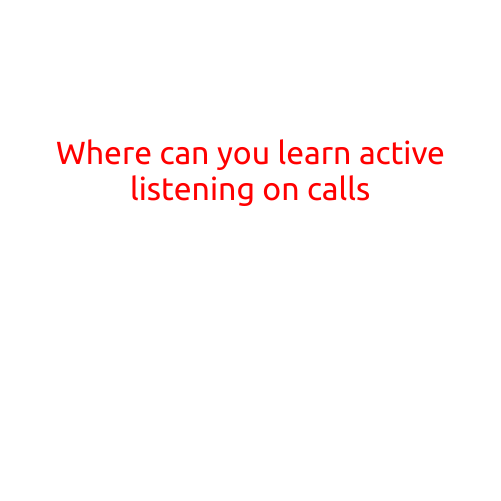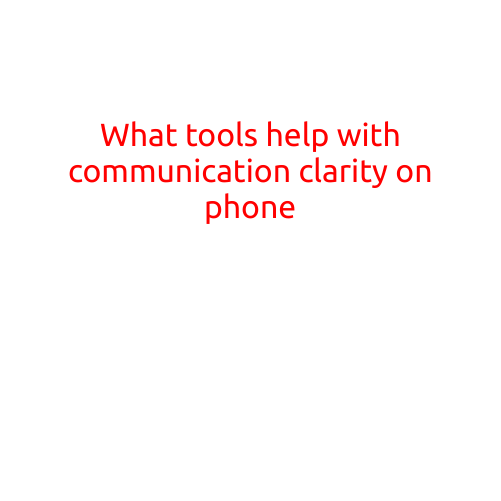
What are Tips for Effective Closing Statements?
When presenting a case in a courtroom, a prosecutor’s closing statement is a crucial moment to persuade the jury of the defendant’s guilt or innocence. A well-crafted closing statement can make all the difference in swaying the jury’s decision. Similarly, in a presentation, a closing statement is a final opportunity to summarize the main points, reiterate the key message, and leave a lasting impression on the audience. But what are the tips for effective closing statements?
Tip 1: Keep it Simple and Straightforward
Avoid using complex jargon or technical terms that the audience may not understand. Instead, use simple and clear language to summarize the main points and reiterate the key message. Keep the tone concise and straightforward, making it easy for the audience to follow along.
Tip 2: Use Emotional Appeal
Emotional appeals can be powerful in a closing statement. Share a personal anecdote, a statistic, or a quote that resonates with the audience. This can help create an emotional connection and make the message more memorable.
Tip 3: Highlight the Key Points
Reiterate the main points and key takeaways from the presentation. This helps to reinforce the message and ensure that the audience remembers the most important information.
Tip 4: Anticipate and Address Objections
Anticipate any potential objections or concerns the audience may have and address them in the closing statement. This shows that you have considered different perspectives and are prepared to address any challenges.
Tip 5: End with a Call to Action
A call to action is a powerful way to conclude a presentation. Encourage the audience to take a specific action, make a decision, or remember the key message.
Tip 6: Use Humor
Humor can be an effective way to break the tension and engage the audience. Use a lighthearted anecdote or a witty remark to add some levity and make the closing statement more enjoyable.
Tip 7: Use Visual Aids
Use visual aids such as slides, videos, or images to reinforce the message and make the closing statement more engaging. Choose visuals that are relevant and attention-grabbing.
Tip 8: Practice and Rehearse
Practice and rehearse the closing statement to ensure it is smooth and confident. This will help you to stay focused and avoid any mistakes during the presentation.
Tip 9: Make Eye Contact
Maintain eye contact with the audience during the closing statement. This shows that you are confident and engaged, and helps to build a connection with the audience.
Tip 10: End with a Strong Final Thought
End the closing statement with a strong final thought that leaves a lasting impression on the audience. This could be a thought-provoking question, a memorable quote, or a lasting image.
In conclusion, a well-crafted closing statement is crucial in any presentation. By following these tips, you can ensure that your closing statement is effective in summarizing the main points, reiterating the key message, and leaving a lasting impression on the audience. Remember to keep it simple, use emotional appeal, highlight key points, anticipate objections, and end with a call to action. With practice and rehearsal, you can deliver a closing statement that leaves a lasting impact on your audience.





